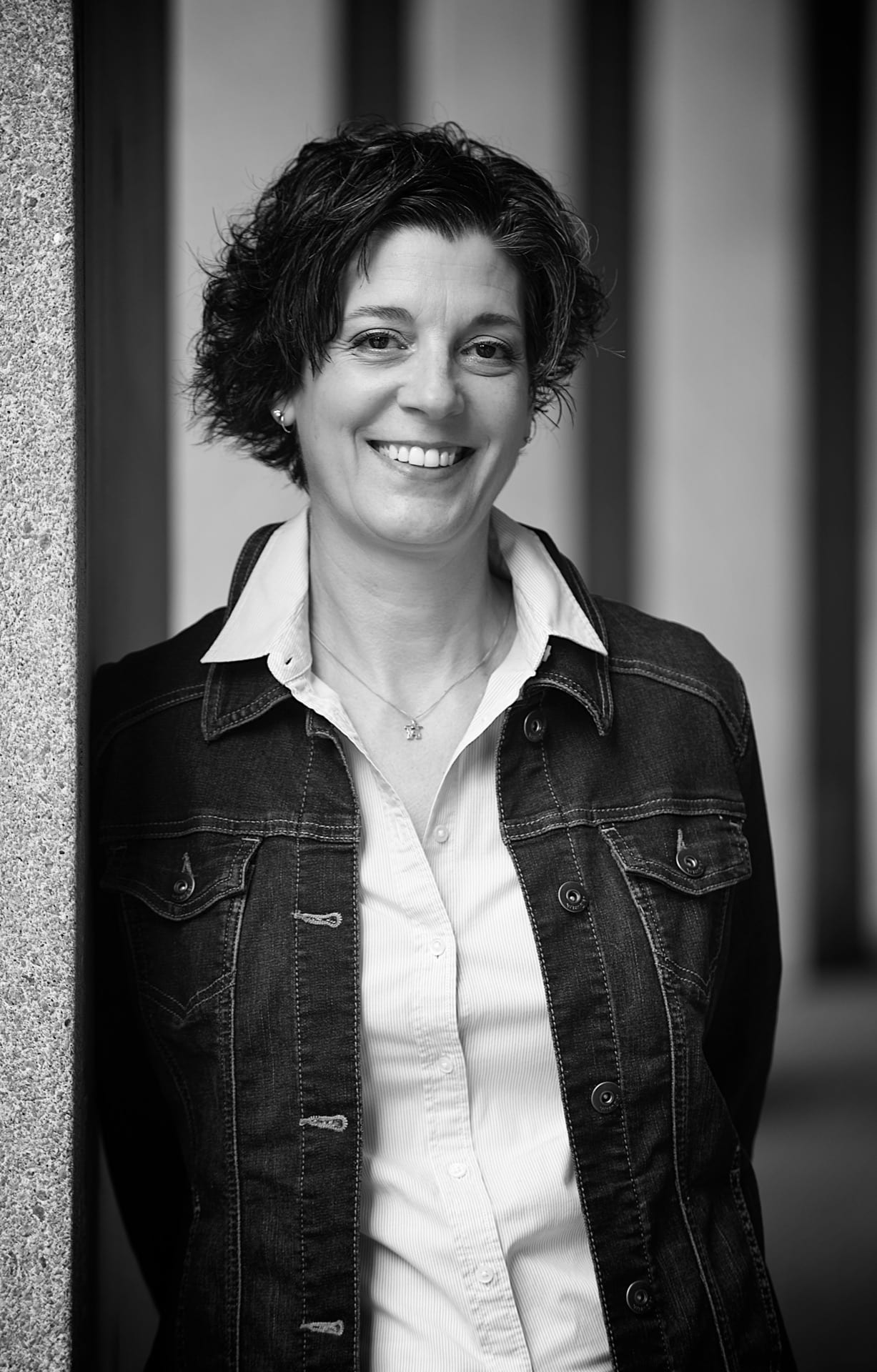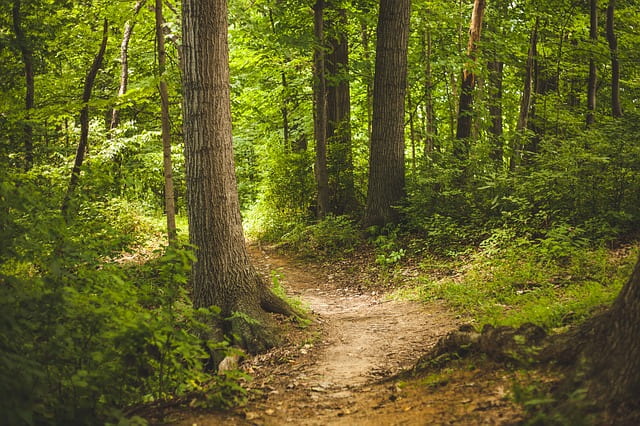 By Lori Driussi, PhD. (Passionate educator, wayfarer)
By Lori Driussi, PhD. (Passionate educator, wayfarer)
Walking school hallways, my rubber soles catch on the linoleum in the way my “what ifs” catch on the constraints of a public system. There isn’t quite enough friction to stop my progress or imaginative musings but just enough to trip me up, enough to slow my pace and have me long for a more comfortable, old shoe. As a school principal, I am accountable to many stakeholders, each with their own views about what schools ought to do, what schooling should look like, and what it means to be educated. Over the years my students have shown me that the practicalities of living the policies and structures surrounding public education mean that not everyone is welcomed. This is where the rubber hits the road, as they say.
Do I remain within the boundaries that seem to successfully guide the path of most or do I imagine another way, a more socially just way, that opens the path for all?
The very idea of education is to keep moving and learning; to step into discomfort, the not-yet-known and into what might be. Believing in the possibility of education and the potential of leadership means asking “what if” and pursuing the questions despite the obstacles. It is to imagine the horizon of the best of us and forge a path with others, no matter the challenges, in its direction. There are two quotes guiding my steps just now:
“It is precisely where the reach of the imagination meets the friction of materials…that human life is lived.” (Timothy Ingold)
“Wanderer, there is no road. The road is made by walking.” (Antonio Machado)
The best way I know to exemplify the quotes above is to tell the story of Quinn* (pseudonym). Quinn gifted me with an opportunity to feel the friction, imagine the possible, and take some steps to forge a new road. They showed me what leadership for social justice might look like.
Quinn is in grade five and seemingly disengaged from school and life in general. Other than skateboarding they claim to have no passions, nothing they wish to learn about and no desire to attend school “except for seeing my friends.” Quinn is participating in a Learning in Depth project about mushrooms. Their teacher is feeling frustrated about their lack of project participation in the classroom and asked for help.
What if I take Quinn outside?
So, on a West Coast day I don my rain boots and we take a walk together to collect mushrooms, with a shovel and terrarium in hand. Asking Quinn what they thought about mushrooms, they replied, “I don’t like them. I mean to eat.”  Asking Quinn what they knew about mushrooms, they responded there was nothing really that interesting about them “except for they can be drugs that get you high.” We continued walking, with me wondering about the best way to connect Quinn with their topic to which they seemed relatively indifferent. “Hey Ms. Driussi, look! Lots of them!” Quinn spotted a cluster of tiny mushrooms in the damp grass and bent down to get a closer look. They wondered aloud about what kind they were, if they were edible or poisonous or the type that get you high. They also wondered what eats them and what happened when the grass was mowed. Digging gently, Quinn unearthed a grouping to put in their terrarium. While a minute ago disinterest prevailed, Quinn was now asking questions and digging with care. Quinn’s imaginings activated an emotional response in them and in me.
Asking Quinn what they knew about mushrooms, they responded there was nothing really that interesting about them “except for they can be drugs that get you high.” We continued walking, with me wondering about the best way to connect Quinn with their topic to which they seemed relatively indifferent. “Hey Ms. Driussi, look! Lots of them!” Quinn spotted a cluster of tiny mushrooms in the damp grass and bent down to get a closer look. They wondered aloud about what kind they were, if they were edible or poisonous or the type that get you high. They also wondered what eats them and what happened when the grass was mowed. Digging gently, Quinn unearthed a grouping to put in their terrarium. While a minute ago disinterest prevailed, Quinn was now asking questions and digging with care. Quinn’s imaginings activated an emotional response in them and in me.
We continued on to the small forest where we discovered larger mushrooms and plants that Quinn collected to enhance the landscape in which they had replanted the found mushrooms. “I’m going to put in this grass because they are used to having it around. This rock too because it makes [the terrarium] look more real.” As they dug into the earth they exclaimed, “I love the smell of nature. It clears my head.” Take a breath on that comment…what an insight.
This child, who struggles to function productively and respectfully in their classroom, who is insecure about their ability to learn, whose brain feels “foggy” indoors, became a different person before my eyes. They shared information with confidence and enthusiasm, they designed a terrarium with intention, their shoulders relaxed and their expression softened. They took a breath and so did I. They presented themself, through words and gesture, as capable and engaged. On this walk we found a new relationship with new understandings about each other. Neither of us wanted to return to school when the bell called us back. We walked slowly, talked quietly and decided on the best possible locations for the mushroom terrarium.
As Quinn went upstairs to join the class, and I reluctantly returned to the paper pile in my office, I wondered how many experiences in the forest might it take to bring the confidence and calm expressed outside inside. I wondered about outside engagement and inside disengagement. I wondered why this learner was being deprived of being their best self most of the school day.
Where is the justice in that?
Many what ifs were sparked:
- What if more of Quinn’s school day could be outside?
- What if other children “loved nature” and had “clearer heads” outside?
- What if we built outdoor time into the schedule for all learners?
- What if outdoor learning could be a choice for anyone?
 These kinds of questions are critical for educational leaders to consider. They invite us to imagine and evolve daily practices and then, more socially just systemic policies. We can walk toward real and perceived obstacles e.g. curricular demands, teacher/administrator comfort, parent expectations, assessment and safety concerns knowing this is where “human lives are lived” and imagine a way through. Time outside with the school principal is not common practice but clearly, it was the right thing to do. Quinn returned to the classroom engaged with learning and enthusisastically articulated to their teacher the decisions for what was included in the terrarium. Parents, teachers, and perhaps my supervisors, may question our time outside. What am I not doing in my office, what is Quinn missing in their classroom? This is “where the reach of the imagination meets the friction of materials.” We will encounter resistance on our quest and this is when leaders re-sole their shoes and advocate! We gather our courage and imagine new spaces for learning, collaborate with our colleagues, navigate logistics like supervision and schedules, share with our stakeholders, and make the road by walking. We create and offer more equitable and just learning environments, not just for Quinn, but for all learners. We develop practices inspired by one that could eventually serve many.
These kinds of questions are critical for educational leaders to consider. They invite us to imagine and evolve daily practices and then, more socially just systemic policies. We can walk toward real and perceived obstacles e.g. curricular demands, teacher/administrator comfort, parent expectations, assessment and safety concerns knowing this is where “human lives are lived” and imagine a way through. Time outside with the school principal is not common practice but clearly, it was the right thing to do. Quinn returned to the classroom engaged with learning and enthusisastically articulated to their teacher the decisions for what was included in the terrarium. Parents, teachers, and perhaps my supervisors, may question our time outside. What am I not doing in my office, what is Quinn missing in their classroom? This is “where the reach of the imagination meets the friction of materials.” We will encounter resistance on our quest and this is when leaders re-sole their shoes and advocate! We gather our courage and imagine new spaces for learning, collaborate with our colleagues, navigate logistics like supervision and schedules, share with our stakeholders, and make the road by walking. We create and offer more equitable and just learning environments, not just for Quinn, but for all learners. We develop practices inspired by one that could eventually serve many.
As leaders it is our responsibility to be imaginative, to live in the land of what if, and push against seemingly unalterable structures and policies and advocate for more equitable systems. Imagination and stories like Quinn’s move us toward increasingly inclusive classrooms and schools.
“The fact of possessing imagination means that everything can be redreamed” (Okri) and social justice lives in such dreams.
Let’s walk.
*Quinn’s story has been adapted from a previously published piece (Driussi, 2013).
References
Driussi, L. (2013). Cultivating Canadian learner – outside! In Knight, S. (ed.) International perspectives on forest school: Natural spaces to play and learn, pp. 174-183.
Ingold, T. (2013). Making: Anthropology, archaeology, art and architecture. New York: Routledge.
Machado, A. (n.d.) Antonio Machado quotes. Retrieved February 21, 2022 from: https://www.goodreads.com/author/quotes/34610.Antonio_Machado
Okri, B. (n.d.) Ben Okri quotes about dreams. Retrieved February 21, 2022 from https://www.inspiringquotes.us/author/4115-ben-okri/about-dreams#
